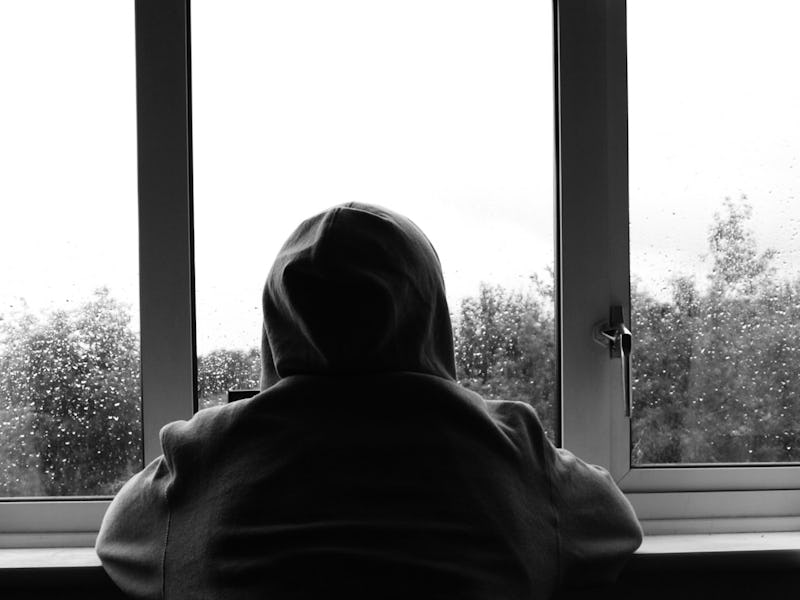Suicide Rates are Going Up for an Economical Reason
Psychiatrists have some ideas about what's to blame.

The suicide rate in the United States has increased by about two percent per year over the last 13 years, psychiatrists report in a study published Wednesday in the Journal of the American Medical Association Psychiatry. As they investigated the reasons for this troubling rise, the team of American researchers uncovered new insights into the risk factors that put fellow citizens at a greater risk of a suicide attempt.
In their study, the psychiatrists and epidemiologists from Columbia University, the National Institute on Drug Abuse, and the National Institute on Alcohol Abuse and Alcoholism concluded that the recent increase in suicide attempts among adults in the U.S. has had the highest impact on young adults with no formal education and with certain mental health issues.
“Although we don’t understand all of the factors that are driving these trends, it may be that younger adults and adults with less education have been especially hard hit by the recent recession in terms of economic and psychological stress,” Mark Olfson, a professor of psychiatry at Columbia University Medical Center and the first author on the study, tells Inverse.
“Unemployed adults, those with less education, and adults with lower family incomes were all especially likely to report a recent suicide attempt.”
The rise in suicide attempts is most noticeable among Americans with no jobs, low incomes, and certain mental health issues.
By analyzing data from several national epidemiological surveys collecting mental data on 69,341 Americans age 21 and older between 2004 and 2013, the authors concluded that there had been a significant increase in the number of adults who’d made a recent suicide attempt, from 0.62 percent in the period from 2004 to 2005, to 0.79 percent in the period from 2012 to 2013.
The increase is modest in terms of absolute numbers, but it’s troublingly large when applied to the entire U.S. population of over 323 million people. The fact that it disproportionately affects a certain subset of underprivileged Americans is also significant and concerning.
In addition to economic stresses, the study’s authors identified particular mental health history factors that increased adults’ risk of suicide attempts: antisocial personality disorder, anxiety disorders, depressive disorders, and a history of violence. These factors may not sound surprising, but for mental health professionals attempting to help people who are at risk, they’re important for identifying those individuals who might need more attention.
Olfson says there are some promising programs that aim to help at-risk individuals from slipping through the cracks, especially if they’ve already received mental health care.
“In the United States, the Zero Suicide initiative, which focuses on suicide risk among people within health care systems, holds promise for making a real difference by emphasizing improved clinical identification of suicide risk and improved communication among health care professionals caring for individual patients,” he says.
Healthcare systems in other countries could provide positive examples for the U.S, too. Olfson identifies the United Kingdom as a leader in this area.
“A few years ago they demonstrated that implementing a policy of following up patients within 7 days of psychiatric hospital discharge was linked with a significant decline in suicide during the 3 months following hospital discharge,” he says. “A focus on high risk patients during high risk periods has yielded some encouraging results in suicide prevention.”